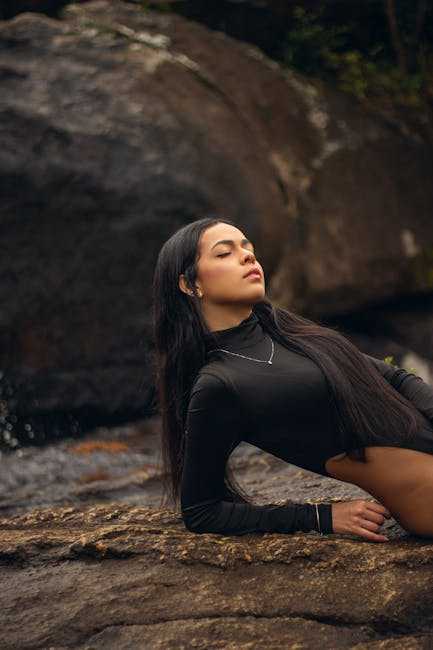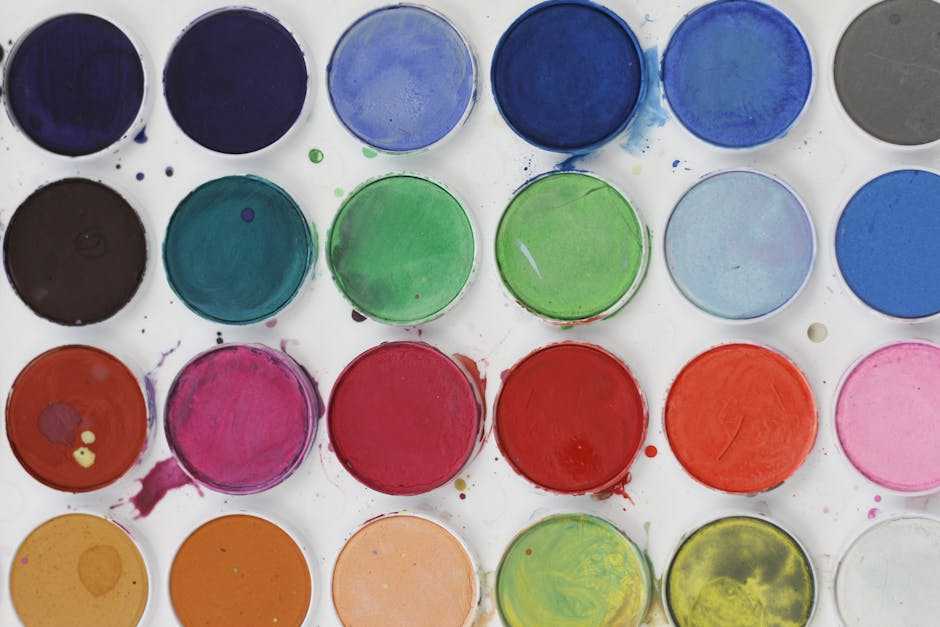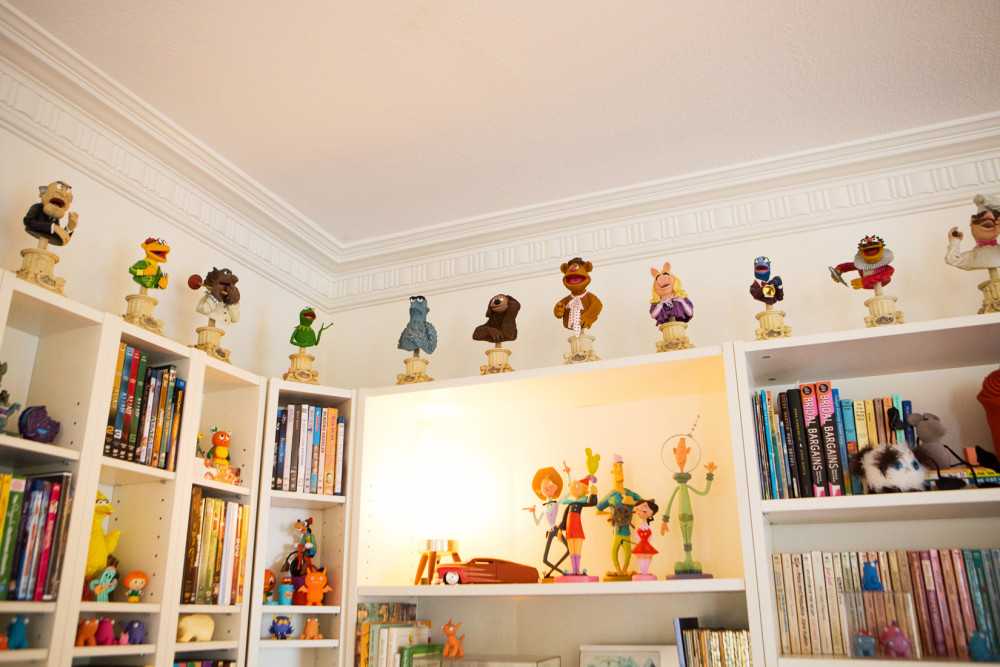Table of Contents
- Exploring the Serene Beauty of Waves in Art
- Mastering Techniques for Capturing Ocean Movements
- Choosing the Right Color Palette for Wave Paintings
- Displaying Wave Art: Tips for Enhancing Your Space
- Q&A
- Closing Remarks


Exploring the Serene Beauty of Waves in Art
The intricate dance of waves has long been a captivating subject for artists throughout history. Their ever-changing forms, coupled with their enigmatic energy, offer endless possibilities for artistic interpretation. Painters strive to capture not only the visual movement but also the emotions that waves evoke – a challenge that has resulted in mesmerizing pieces celebrated for their depth and dynamism. When observing such art, one can almost feel the rush of the sea breeze and hear the distant call of seagulls.
Artists often employ various techniques to express the endless rhythm and beauty of waves. From the bold brushstrokes of impasto that create a textured, three-dimensional effect to the delicate watercolor washes capturing the serene fluidity of calm seas, each method offers a unique perspective. Some renowned methods include:
- Oil Painting: Known for its richness and depth of color.
- Watercolor: Ideal for soft and ethereal depictions.
- Acrylic: Versatile and fast-drying for vibrant scenes.
Historical art movements have also played a significant role in shaping how waves are depicted. Impressionists, for example, focused on capturing the momentary interplay of light and water, as seen in Claude Monet’s luminous works. In contrast, Japanese artists like Katsushika Hokusai poured symbolism and narrative into their wave representations, with “The Great Wave off Kanagawa” being a prime example. These artworks not only portray natural beauty but also reflect cultural contexts and philosophies.
| Art Style | Characterstics |
|---|---|
| Impressionism | Focus on light and movement |
| Japanese Ukiyo-e | Symbolism and narrative |
For contemporary artists, digital tools provide new avenues for creativity, allowing intricate and precise manipulation of wave imagery that can be shared instantaneously across global platforms. This fusion of traditional and modern techniques has opened up a vibrant dialogue between artists and audiences, inviting viewers to immerse themselves in both the raw power and subtle whispers of the ocean. Exploring these artworks can inspire a sense of wonder and a deeper appreciation for the natural world.
Mastering Techniques for Capturing Ocean Movements
When venturing into the world of painting the sea’s dance, an artist must harness the subtle art of capturing fluidity and chaos. The ebb and flow of water embody an inherent grace that demands patience and observation. Observing tide movements at various times of the day can reveal different characters of the ocean, from the calm morning whispers to the thunderous roars at dusk. Such nuances offer an artist not just a subject, but an experience, a moment frozen in the pigments of the canvas.
- Embrace various techniques to illustrate movement:
- Wet-on-wet techniques to imitate fluidity.
- Use bold strokes for capturing dynamic waves.
- Employ layering to add depth and texture.
Color selection is paramount when depicting the ocean’s spectrum. A discerning artist might select from a palette that includes shades of aquamarine, cerulean, and deep indigo to reflect the tumultuous soul of the sea. Experimentation with opaque and transparent hues reveals the play of light and shadow over water. The sky’s reflection on the waves is a symphony of color, demanding attentiveness to every brushstroke, each a conductor of light and texture.
| Technique | Effect |
|---|---|
| Scumbling | Creates misty, atmospheric scenes. |
| Spattering | Imitates the spray and foam of waves. |
| Drifting Brush | Captures the calmness of gentle tides. |
A seasoned artist understands the value of balance in composition. While waves can dominate the canvas with their might, it’s often the addition of serene elements like distant ships or solitary birds that bring balance. These elements serve as visual rests, allowing the viewer’s eye to travel across the painting without overwhelming. Mastering this delicate equilibrium is not merely a technique but a storytelling prowess, transforming a simple portrayal into a narrative of maritime enchantment.


Choosing the Right Color Palette for Wave Paintings
The essence of wave paintings lies in their ability to evoke emotions through a rhythmic dance of colors. A well-chosen palette not only captures the movement of the waves but also sets the mood for the viewer. Cool blues and greens are the obvious choices, reminiscent of the ocean itself, yet the addition of complementary hues can enhance the overall impact.
- Blues and Greens: These are the foundational colors that resemble the natural hues of the ocean. Use varying shades to add depth.
- Whites and Silvers: Perfect for depicting the frothy crests of waves, creating a sense of realism and motion.
- Warm Accents: Touches of orange or coral can mimic the sunlight reflecting off the surface, adding warmth to your piece.
- Neutrals: Adding greys and taupes can help soften transitions between more vibrant colors.
When mixing these shades, consider the interplay of light and shadow. Utilize a gradient technique to smoothly transition between colors, which helps in depicting the dynamic nature of water. Experimenting with layering techniques can also yield interesting results, revealing how different colors can subtly alter the perception of depth and movement.
| Color | Uses | Effects |
|---|---|---|
| Ultramarine Blue | Deep ocean hues | Meditative and calming |
| Viridian Green | Emerald tones of shallow waters | Fresh and vibrant |
| Silver | Wave crests, highlights | Dynamic and engaging |
| Coral | Sunlit accents | Warm and inviting |
consider the emotional undertones you wish to convey. A stormy palette might lean towards darker blues, greys, and purples, while a serene landscape could incorporate pastel hues and lighter tones. By thoughtfully selecting your color palette, your wave paintings can transcend mere representation, inviting viewers to immerse themselves in an oceanic narrative.


Displaying Wave Art: Tips for Enhancing Your Space
The visual allure of wave art transcends mere decoration, inviting an element of nature’s majesty into any room. To make the most of your chosen pieces, consider the lighting environment; natural light subtly enhances the hues and textures, while artificial lighting can highlight particular aspects, like the crests of waves or the depth of the ocean. Ambient lighting around the artwork, through adjustable lamps or overhead options, can add depth and dimension, bringing the artwork to life at different times of the day.
When selecting locations, think beyond traditional wall space. Wave art has an inherent fluidity that can transform unexpected places within your home. Consider anchoring a piece above a fireplace mantle, or even in a partially sheltered outdoor patio. These locations can offer a constant reminder of the tranquility and power of the sea, creating a coherent theme that speaks to calmness and energy in tandem.
Pairing your wave art with other elements in the room can create an immersive theme. Earthy textures—like driftwood frames, rattan furniture, or bamboo rugs—can enhance the natural vibe. Sea-toned accessories, such as teal cushions or navy throws, can complement the artwork, tying the space together with a cohesive color palette that mirrors the shades found within the ocean itself.
| Wave Art Element | Complementary Style Tip |
|---|---|
| Pastel Tones | Light Wood Frames |
| Abstract Waves | Minimalist Decor |
| Bold Colors | Statement Lighting |
Lastly, consider personalizing your display with additional marine-themed artifacts to create a more intimate ambiance, like shell collections or miniature model boats. These small touches can accentuate the wave art, providing a three-dimensional effect that extends the theme beyond the confinements of the canvas. With thoughtful placement and complementary decor, wave paintings can transform a simple room into a serene escape by the sea.
